8 February 2025
When you’re pushing your body to its limits, whether it’s during a marathon, cycling race, or a tough training session, you need fuel—plain and simple. That’s where energy gels come into play. These little packets of fuel have become increasingly popular among athletes of all kinds, from weekend warriors to elite competitors. But are energy gels the right choice for your sport? Do they really live up to the hype, or are they just another overhyped supplement?
In this essential guide, we’re going to break down everything you need to know about energy gels, including how they work, when to use them, and whether they’re the right fit for your specific sport. Strap in, because by the end of this article, you’ll know whether you should add these little packets to your training or race-day arsenal.
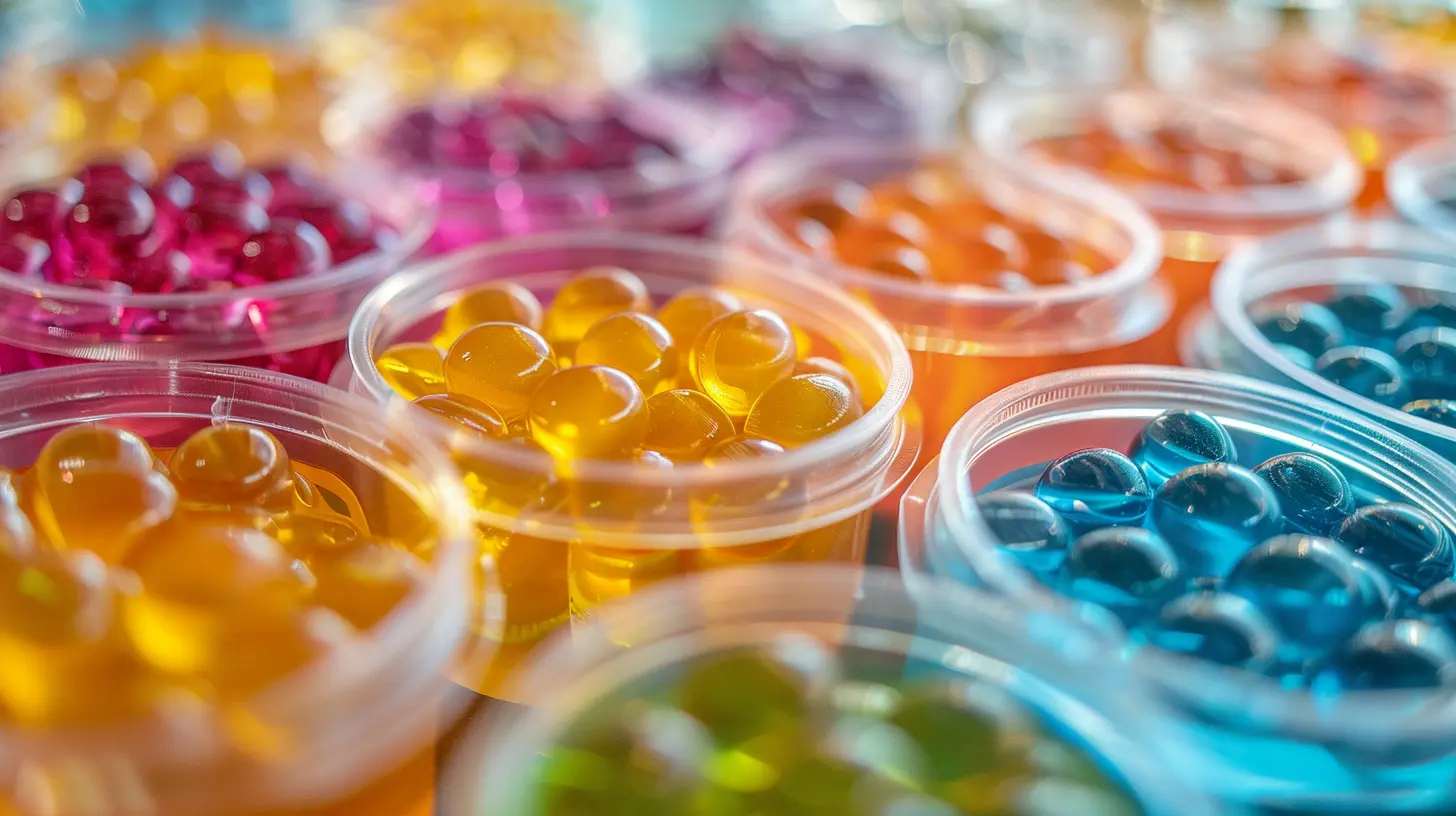
What Are Energy Gels?
Let’s start with the basics: what exactly are energy gels? In the simplest terms, energy gels are concentrated carbohydrate supplements designed to give athletes a quick burst of energy. They usually come in easy-to-carry, single-serving packets that you can rip open and consume mid-workout or competition.The main ingredients are typically simple sugars like glucose, fructose, or maltodextrin, which are quickly absorbed into your bloodstream for fast energy. Many brands also include electrolytes (like sodium and potassium) to replace what you lose through sweat, and in some cases, caffeine for an additional performance boost.
How Do Energy Gels Work?
When you’re exercising, your body uses glycogen (stored carbohydrates) as its primary fuel source. But here’s the kicker: Your glycogen stores are limited. Once they start to deplete—usually after 60 to 90 minutes of intense exercise—you start to hit the dreaded "wall." This is where energy gels come in.By consuming a gel, you provide your body with a quick shot of easily digestible carbohydrates, giving your muscles the fuel they need to keep firing. Think of it like topping off your gas tank before the fuel light comes on. It won’t last forever, but it will keep you going longer.
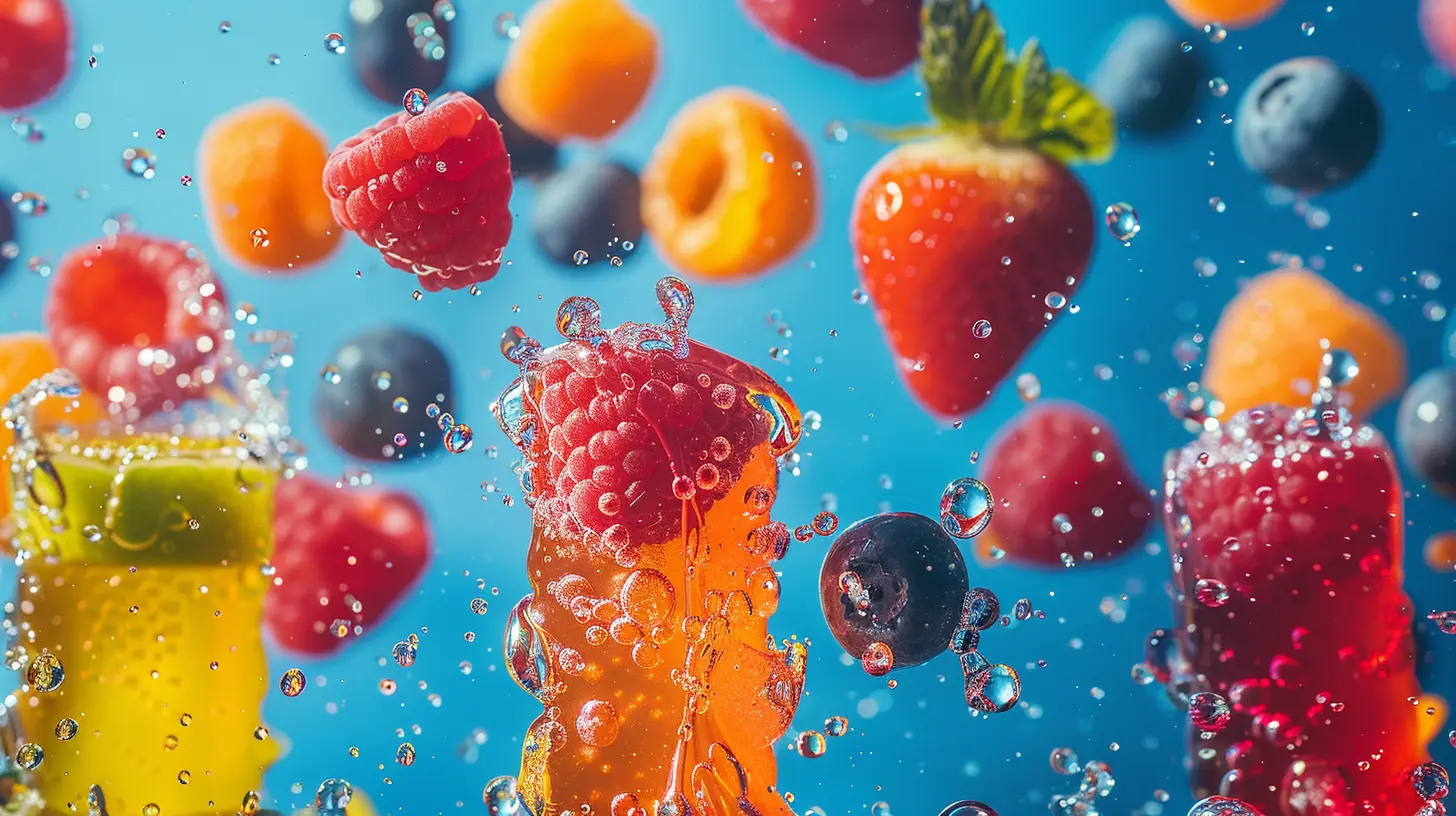
When Should You Use Energy Gels?
Now that you know what energy gels are and how they work, the big question is: when should you use them? Not every workout or race requires an energy gel, and using them inappropriately can actually backfire (hello, stomach cramps).Long-Distance Endurance Events
Energy gels are most commonly used in endurance sports like marathon running, triathlons, and long-distance cycling events. In these sports, athletes are working at a high intensity for prolonged periods, depleting their glycogen stores faster than they can be replenished naturally.After about 45 to 60 minutes of sustained exercise, your body starts to run low on glycogen, and fatigue sets in. This is the perfect window to take your first energy gel. From there, you can take additional gels every 30 to 45 minutes, depending on how long you’ll be going.
High-Intensity Training
If you’re doing high-intensity interval training (HIIT), CrossFit, or a similar workout, energy gels can also be useful, but timing is key. These types of workouts are shorter, but they’re intense enough to burn through glycogen quickly. If you’re going all out for more than an hour, an energy gel before or during your workout can help maintain your energy levels.Not for Low-Intensity Exercise
If you’re going for a leisurely bike ride or a casual jog, you probably don’t need an energy gel. Your body won’t be burning through glycogen fast enough to warrant the extra carbs, and taking a gel in these situations might leave you feeling bloated or give you a sugar crash.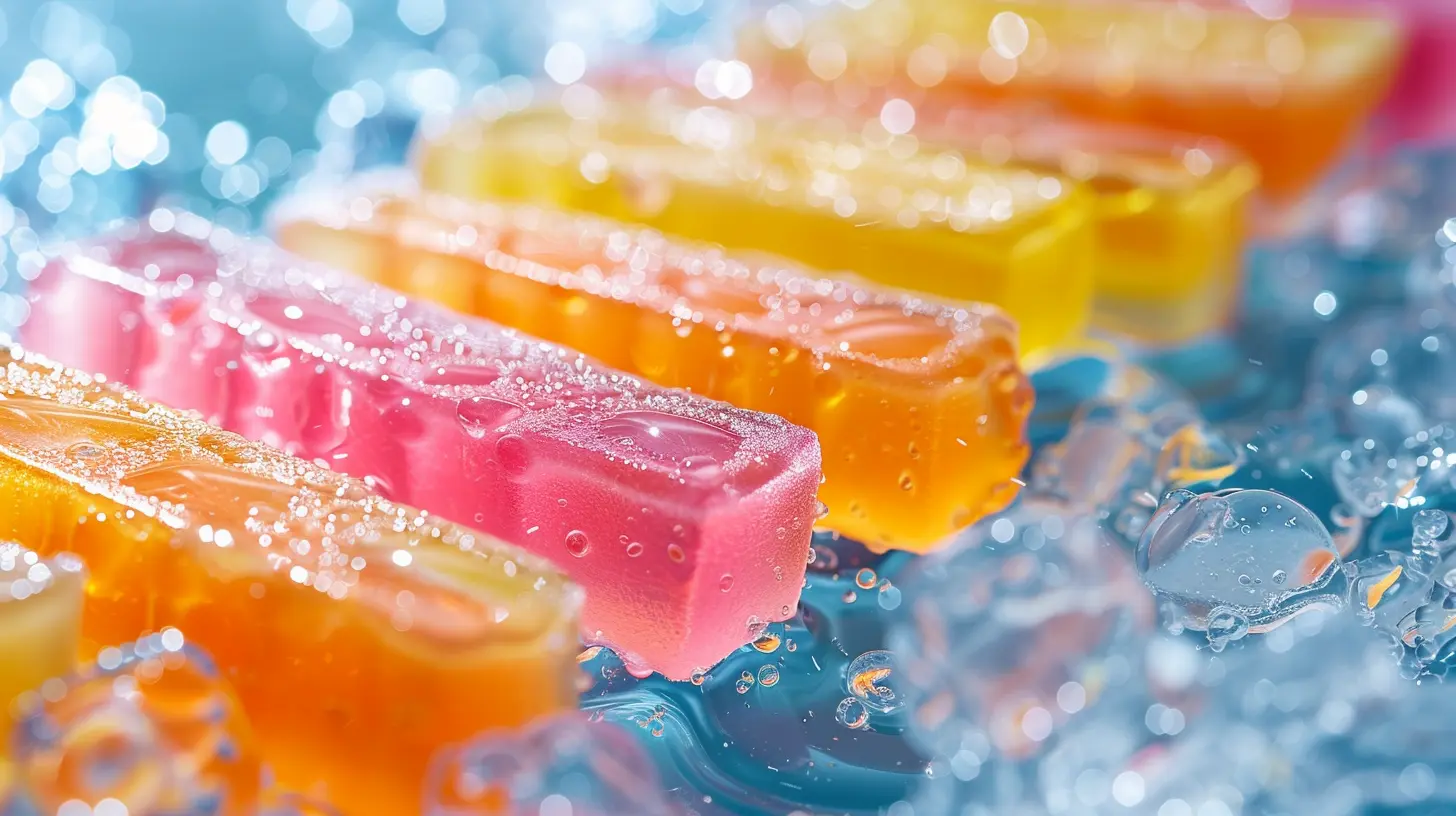
Pros and Cons of Energy Gels
Like any supplement, energy gels have their pros and cons. Let’s break them down.Pros:
- Quick and Convenient: Energy gels are easy to carry and consume during a workout. They provide fast-acting carbs that can be absorbed quickly by your body.- Effective for Long Events: For endurance athletes, energy gels can be a lifesaver when you’re starting to run low on energy.
- Portable: You can stash them in a pocket, on your bike, or in a hydration pack, making them super portable.
Cons:
- Can Cause Stomach Issues: Not everyone’s stomach can handle energy gels, especially if they’re consumed too quickly or without enough water. Some people experience bloating, cramps, or diarrhea.- Taste and Texture: Let’s be honest—some energy gels taste like overly sweet glue. While some brands have improved their flavors, they’re still not exactly gourmet.
- High Sugar Content: Energy gels are loaded with sugar. While this is great for a quick energy burst, you don’t want to rely on them too often, as it could cause spikes and crashes in your blood sugar levels.

Are Energy Gels Right for Your Sport?
So, should you be using energy gels? The answer depends on the type of sport you’re involved in.Running and Marathon Training
If you’re a runner, especially a marathoner, energy gels are almost a must-have for long training runs and race day. Most marathoners will start taking gels around the 45-minute mark and continue at regular intervals to keep their glycogen stores topped off. In fact, many marathon training plans specifically incorporate energy gel timing into their long runs.Cycling
Cyclists, particularly those involved in long-distance or high-intensity rides like century rides or Gran Fondos, can benefit from energy gels as well. They’re easy to consume mid-ride and don’t take up much space. Just like in running, cyclists should aim to take gels at regular intervals during the ride, usually starting around the 45-minute mark.Triathlon
Triathletes are big fans of energy gels because of their convenience and effectiveness. Since triathlons involve multiple disciplines (swimming, cycling, and running), energy gels are an easy way to fuel up in between transitions or even during the race itself. Many triathletes will tape gels to their bikes for quick and easy access during the cycling portion of the race.HIIT and CrossFit
For athletes involved in high-intensity, short-duration sports like CrossFit, energy gels can be useful but aren’t always necessary. If your workout is going to last an hour or more, then you might want to consider taking an energy gel, either beforehand or during a short break.Team Sports
For team sports like soccer, basketball, or rugby, energy gels can be beneficial during halftime or breaks in play. These sports involve a lot of stop-and-go movements, which can quickly deplete your glycogen stores. Taking a gel during a break in play can help keep your energy levels up for the second half of the game.How to Choose the Right Energy Gel
Not all energy gels are created equal. There are dozens of brands out there, each with its own unique formulation, flavors, and added ingredients. So how do you choose the right one?Sugar Content
Most energy gels are high in sugar, but some are higher than others. If you’re sensitive to sugar spikes, look for a gel that uses a mix of simple and complex carbs, which will provide a more sustained energy release.Electrolytes
If you’re sweating a lot (which you probably are if you’re in the middle of a marathon or long bike ride), you’ll want a gel that includes electrolytes like sodium and potassium. This can help prevent muscle cramps and keep your hydration levels in balance.Caffeine
Some energy gels include caffeine for an added performance boost. Caffeine can help improve focus and delay fatigue, making it a popular choice for athletes. However, if you’re sensitive to caffeine, steer clear of these gels—too much caffeine can lead to jitters or upset your stomach.Flavor and Texture
This might sound trivial, but it’s not. If you’re going to be consuming multiple gels during a race or workout, you want to make sure you actually like the taste and texture. Some gels are thinner and go down easily, while others are thicker and might require more water. Try a few different brands and flavors during training to see what works best for you.Tips for Using Energy Gels
Before you start ripping open packets on race day, here are a few tips to help you get the most out of your energy gels:- Practice during training: Never try a new gel for the first time during a race. Your stomach might not agree with it, and the last thing you want is to be doubled over with cramps.
- Chase with water: Always take your gel with water. This helps with digestion and prevents the gel from sitting like a rock in your stomach.
- Don’t wait too long: Don’t wait until you’re completely out of energy to take a gel. By then, it’s often too late. Start fueling early and regularly to maintain your energy levels.
Final Thoughts
Energy gels can be a game-changer for endurance athletes, providing a quick and easy way to replenish lost glycogen and keep your performance levels high. However, they’re not for everyone, and they’re not necessary for every type of workout. The key is to know when and how to use them effectively.So, are energy gels right for your sport? If you’re involved in endurance events or high-intensity training, they’re definitely worth considering. Just make sure to choose the right type for your needs, practice during training, and listen to your body.

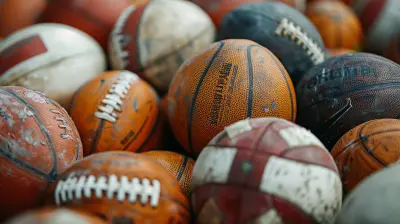





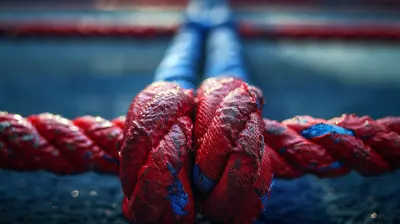



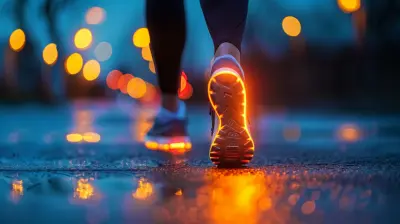

Astraea Schultz
Choose wisely; energy gels can enhance performance or hinder.
March 29, 2025 at 4:44 AM